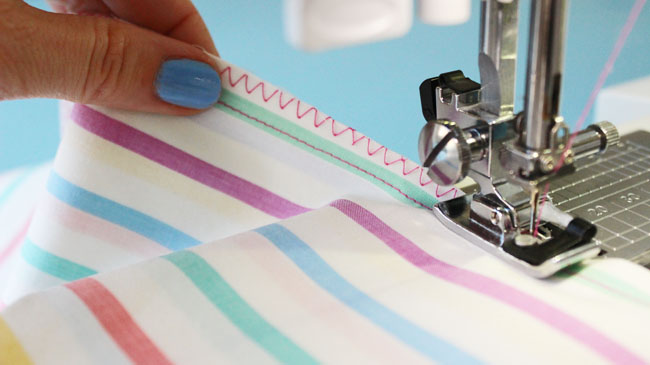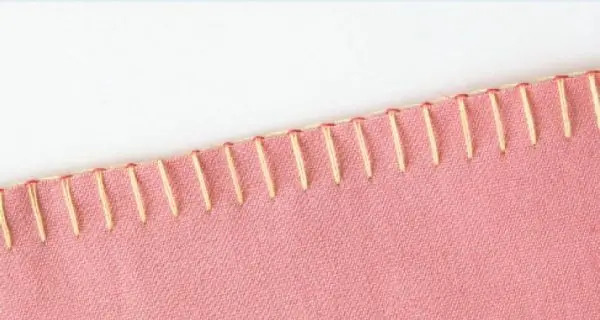Stitch classification is the backbone of sewing and plays a pivotal role in determining the quality and durability of a finished product. It’s essential for every fashion enthusiast, designer, or tailor to grasp the intricacies of stitching techniques. In this article, we’ll delve into various stitch classifications, their applications, and provide insights that will empower you to create flawless garments.
Different Types of Stitch Classification
Basic Stitch Types
- Straight Stitch

The straight stitch is the foundation of all sewing. It’s a simple and versatile stitch used for basic seaming, topstitching, and edgestitching. Its clean, straight lines make it perfect for securing seams.
- Zigzag Stitch

Zigzag stitches are known for their flexibility and strength. They are commonly used to finish raw edges, prevent fraying, and create decorative embellishments. The zigzag stitch is indispensable in creating stretchable seams.
- Lockstitch

The lockstitch is renowned for its durability and neat appearance. It’s formed by interlocking two threads, making it ideal for secure seams in various applications, including garment assembly and quilting.
Advanced Stitch Types
- Overlock Stitch

Overlock stitches, also known as serged stitches, are crucial for finishing raw edges on knit fabrics. They prevent fraying and create a professional, clean edge, commonly seen on t-shirts and sportswear.
- Chain Stitch

Chain stitches are characterized by loops formed on the fabric’s underside, making them reversible and suitable for decorative purposes. They are often seen in embroidery and decorative topstitching.
- Coverstitch

Coverstitching is essential for creating professional hems and seams in knitwear. It provides stretchability and a polished finish, making it a must-have for garments like T-shirts and activewear.
Specialized Stitch Types
- Buttonhole Stitch

Buttonholes are crucial for functional closures on garments. Understanding the buttonhole stitch is essential for tailors and designers looking to add buttons and fasteners securely.
- Blind Hem Stitch

Blind hem stitches are used for creating nearly invisible hems on garments like dress pants and skirts. It ensures a clean finish while keeping the hemline inconspicuous.
Conclusion
In conclusion, mastering stitch classification is a pivotal skill for anyone involved in garment production and tailoring. Our comprehensive guide has provided you with a detailed overview of various stitch types, their applications, and their importance in creating impeccable garments. If you are looking for a reliable and sustainable woven fabric manufacturer, please reach out to us.













